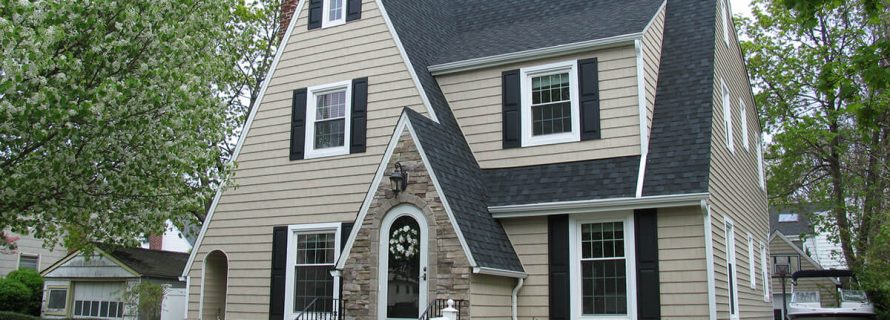What is a Comprehensive Home Assessment?

Drafty windows, rooms that are too hot or cold and high energy bills are all but a few issues for most homeowners. A Comprehensive Home Assessment with Energy Star takes a whole house approach at improving the efficiency of the home. Making it more comfortable for the home owner while protecting the environment. The first step for any homeowner is to visit the Building Performance Institute (BPI) web site to locate an accredited Building Analyst Professional in your area. After that, here is what you can expect from the assessment: On entering the home, ambient carbon monoxide levels are monitored. Carbon Monoxide testing is performed on all combustion appliances in the home. The hot water and heating systems are checked for efficiency. The existing conditions of both are evaluated and inspected for proper operation, efficiency and ventilation.
According to BPI standards, all combustion appliances must meet specific criteria for safety. Recommendations for new heating systems will be made if the current one is in poor working condition or is a health risk. A visual inspection of the home is performed. This is where the building size, structure and existing conditions will be documented. Any structural concerns such as moisture issues, mold or damage will be the first thing to look for.
After inspection, the thermal envelope will be evaluated. This is where the existing insulation types and amounts in the walls, attic, basement, etc. will be checked. Existing windows and doors will be inspected for condition and performance. The envelope is then tested by conducting a blower door test. This determines the current air leakage rate of the home and helps determine the level and type of air sealing and mechanical ventilation required. The test result is compared to the Building Airflow Standard (BAS). The BAS is calculated based on several variables including the volume of air in the home, number of occupants, height, etc… In some cases additional tools will be used to pinpoint air leaks so that the resulting work scope will provide detailed instructions to correct such leaks.
Finally, electrical use will be evaluated and recommendations made on more energy efficient products such as an Energy Star rated refrigerator or dishwasher or changing the lighting to Compact Fluorescent Light bulbs (CFL). The contractor will then prepare a detailed report for the homeowner with a list of results from the inspection and recommendations that can be made to make for a more energy efficient home. The report will include specific recommendations with costs and the estimated energy savings that will be realized by making the improvements.
The report will calculate payback periods and savings to investment ratios. At this point, the Building Analyst Professional will go over all current rebate programs, incentives and tax credits. For more info visit our web site
- Additions and New Construction
- All Exteriors
- Alterations
- Basements
- Bathrooms
- Customer Service
- Customer Stories
- Decks
- Design & Planning Show
- DIY
- Doors
- Educational Resources
- Extreme Makeover Home Edition
- Fashion Show
- General Remodeling
- Green Living
- Handyman Home Services
- Home Decor
- Home Entertainment
- Home Improvement
- Home Improvements
- How to Tips
- In The Community
- Kitchens
- Off-the-Wall Remodeling Stories
- Remodeling
- Resources
- Roofing
- Siding
- Social Media
- Sunrooms
- Tips & Tricks
- Trends
- Windows

